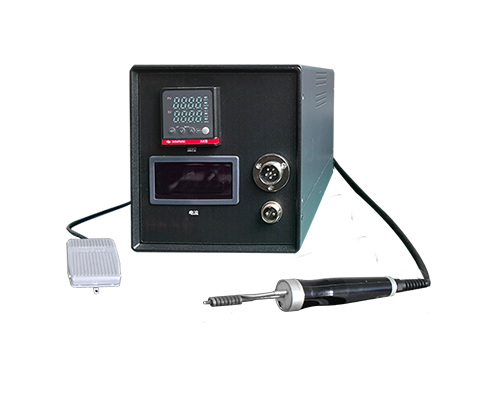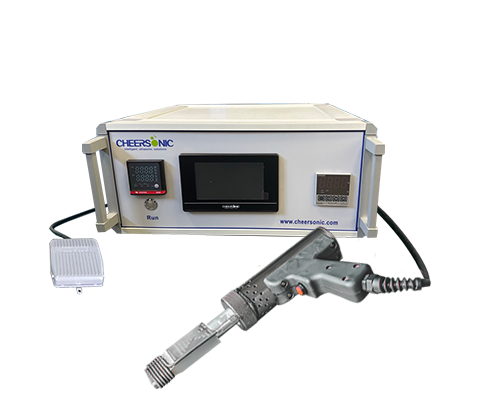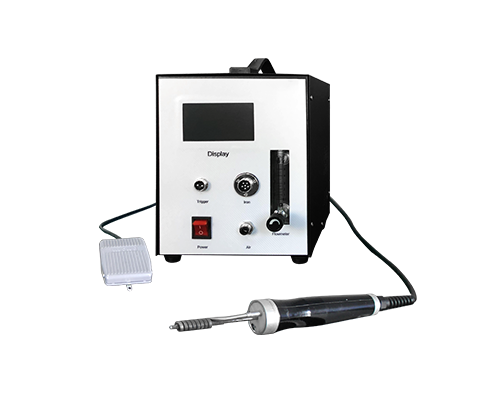In the photovoltaic industry, silver and lead consumption have long been a concern. Conventional PERC+ solar cell production requires extensive silver for connecting the front electrode to the backside, which is costly and unsuitable for environmental protection. Furthermore, the aluminum bars on the backside easily form a stable oxide layer, making conventional thermal soldering ineffective and necessitating the reliance on silver pads. Consequently, ultrasonic soldering technology has emerged, offering a new approach to addressing these challenges.
This research approach utilizes ultrasonic soldering on the aluminum bars on the backside of PERC+ cells, replacing silver pads with tin pads. The study selected cells with five bars (5BB) and nine bars (9BB) and varying bar widths, using a lead-free Sn90Zn10 composite tin material. The process was optimized by adjusting ultrasonic power from 4W to 12W and soldering temperatures from 150°C to 480°C. Photoluminescence imaging and IV characteristics measurements were used to detect cell damage, and soldering quality was assessed through tensile testing and electrical performance tests.

The experimental results demonstrate significant advantages of ultrasonic soldering. In terms of damage detection, the PL signal change is less than 1%, and the cell open-circuit voltage, volatile compounds, and efficiency degradation are less than 0.2%, with minimal impact on the cell. Mechanically, the solder joint peel force at 10W power reaches 1.5N/mm to 2.8N/mm, far exceeding the standard requirement of 1N/mm. Increased power and temperature enhance adhesion. Electrically, the module path resistance initially is only 0.3mΩ, far lower than the 3mΩ of a silver pad. Efficiency degradation in accelerated aging testing is less than 3.6%. Structurally, at high power, tin completely penetrates the aluminum strips, forming a stable metal contact.
In summary, ultrasonic soldering technology has achieved remarkable results. It can reduce silver consumption by 20%–40%, lowering costs and being more environmentally friendly. It can also lower series resistance, improving cell fill factor and efficiency. Humidity-freeze and temperature cycling tests have demonstrated low module efficiency degradation and excellent long-term stability, providing a high-quality silver-free connection solution for photovoltaic cell manufacturing.





